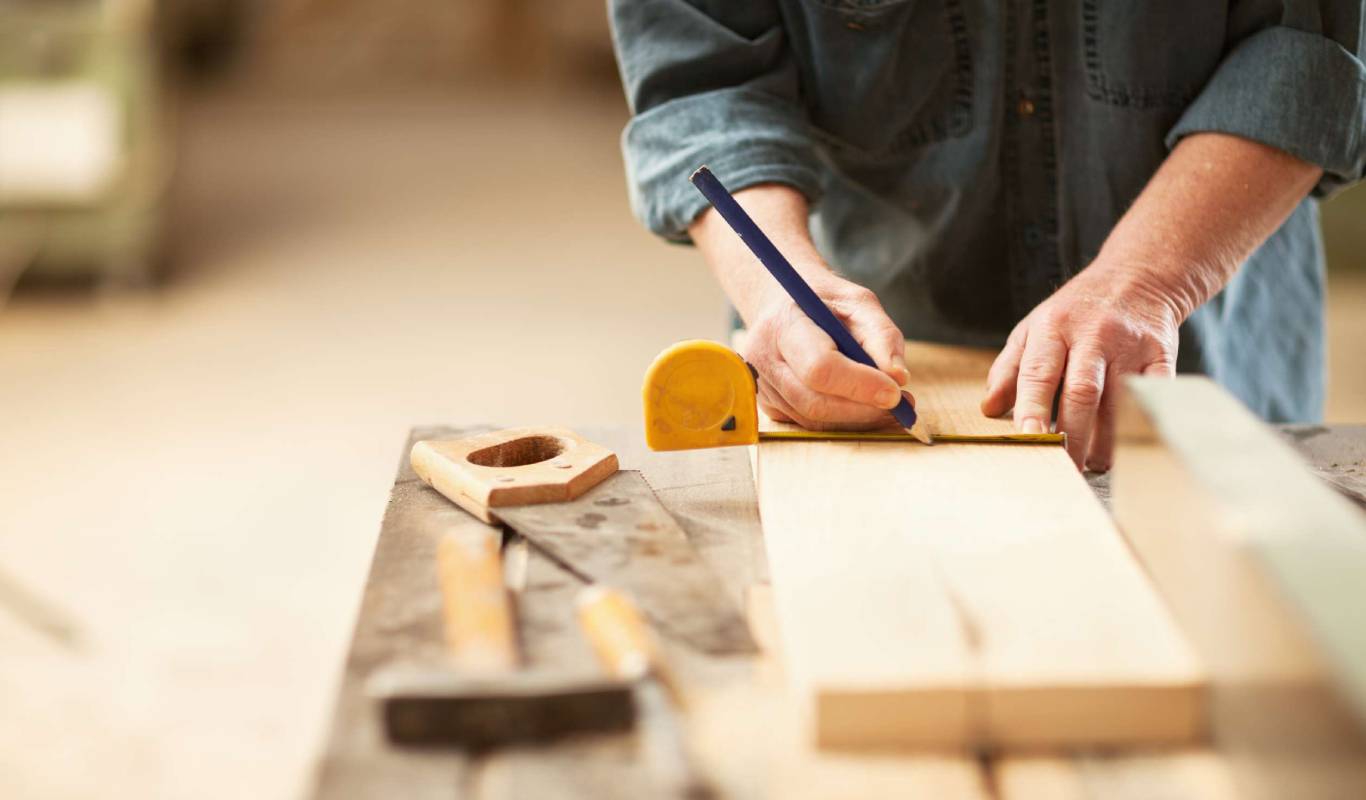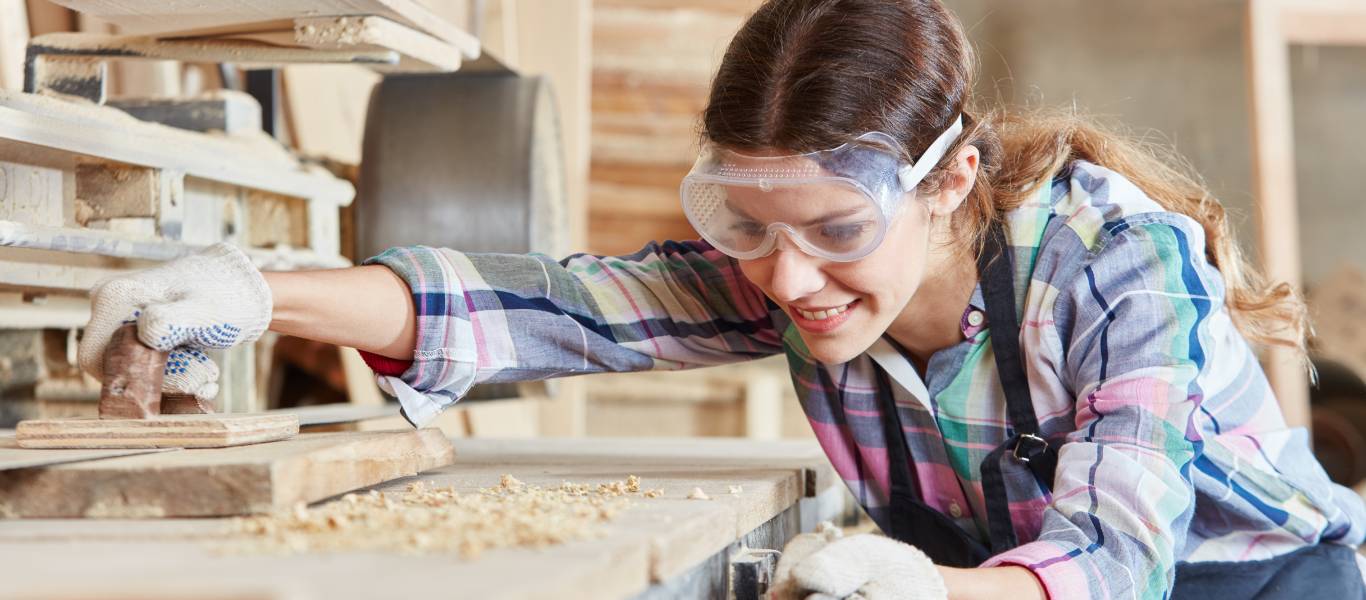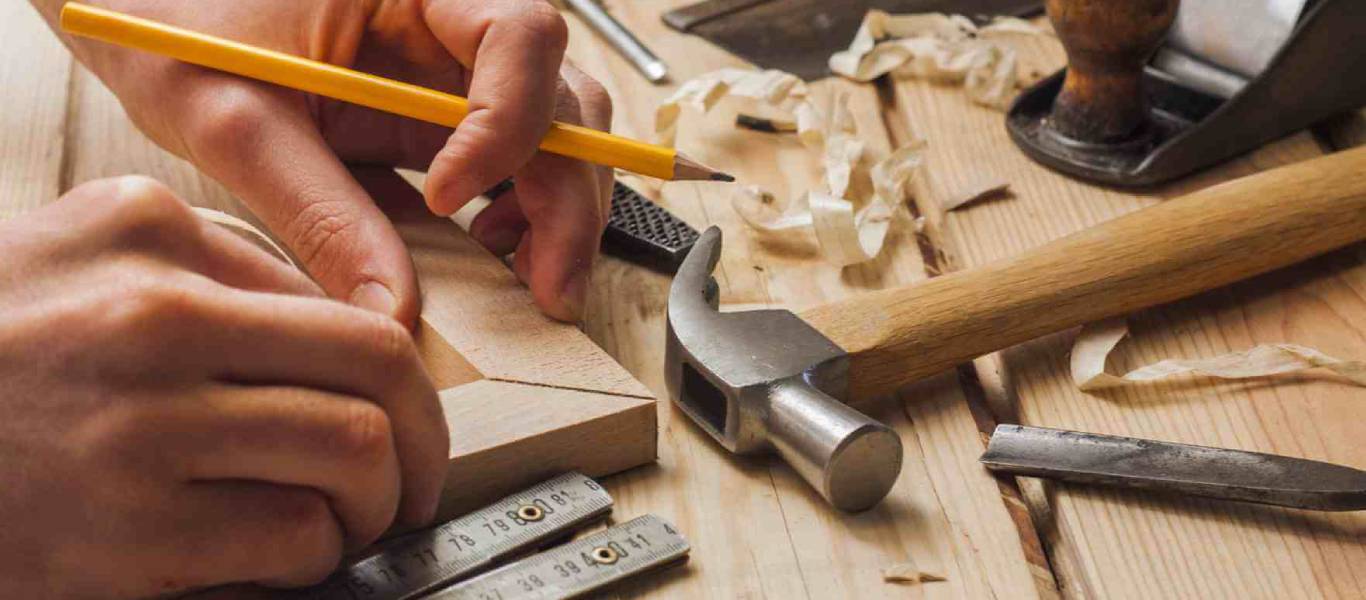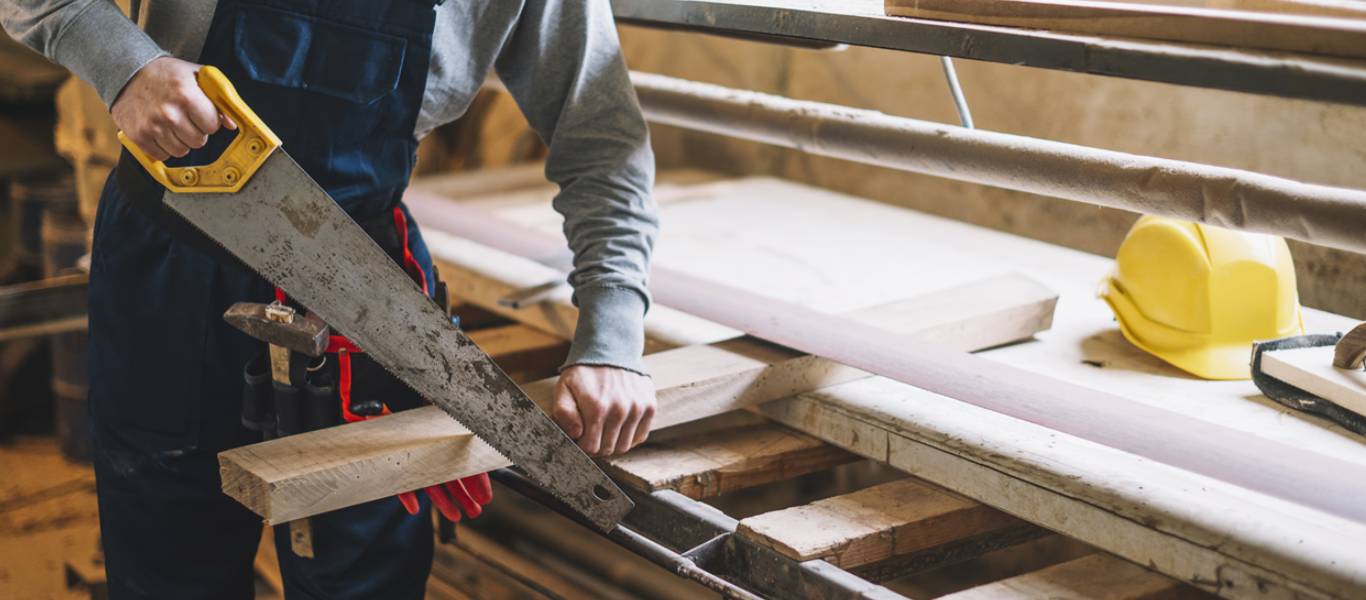Need Assistance?
If you have any question feel free to contact us!

Joiners and carpenters are both skilled tradespeople who work with wood, but there are some key differences between the two professions. Joiners typically focus on smaller, more intricate pieces of furniture and woodwork, while carpenters work on larger structures, such as houses and buildings.
Still, you have to know many things, key differences, and the different types of work that each profession does to better understand the differences. In this guide, I’ll explore all these things in more detail so you can decide what you need for your project. Be with me until the end to learn more!
A joiner is a skilled tradesperson who specialises in the in-house woodworking process. Joiners use various tools (more on the tools later in this guide) and techniques to create a wide range of wooden objects, from furniture to cabinets to architectural woodwork.
Joiners typically work in a workshop or factory, where they have access to various tools and machinery. They use these tools to cut, shape, and join wood pieces together. Joiners also use a variety of finishes to protect and enhance the appearance of their work.
Joiners create a wide range of wooden objects, from furniture to cabinets to architectural woodwork, that can be done in a workshop or factory. Some of the common work that joiners specialise in include:
Need Assistance?
If you have any question feel free to contact us!

Joiners utilise a variety of tools, both hand tools and power tools, to carry out their woodworking projects with precision and efficiency. Some of the tools commonly used by joiners are included as follows.
A carpenter is a skilled tradesperson who works primarily with wood and is involved in the construction, installation, and repair of structures and fixtures. While carpenters may overlap in their work with joiners, they have distinct areas of specialisation within the woodworking field.
While both carpenters and joiners work with wood, carpenters typically focus on the construction and installation of larger structures, such as frameworks, roofs, floors, and exterior elements of buildings. They often work on-site and are involved in tasks such as framing, formwork, and general carpentry work in construction projects.
Unlike the joiners who typically focus on the in-door work word, carpenters specialise in a variety of tasks related to woodworking in the wide construction field. These are the things that a carpenter typically is responsible for.

Carpenters utilise various tools to carry out their woodworking and construction tasks. While there may be some overlaps with joiners’ tools, here are some tools that carpenters commonly use.
As I mentioned earlier, carpenters and joiners are both skilled tradespeople who work with wood. However, there are some key differences between the two professions.

Well, that said, the following is a table that states all the differences between a joiner and a carpenter.
| Joiner | Carpenter |
Specialisation | Specialises in fine woodworking and precision joinery. | Specialises in general woodworking and construction tasks. |
Work environment | Joiners typically work in a workshop or factory. | Carpenters typically work on construction and industrial sites. |
Focus | Emphasises creating custom-made furniture, doors, windows, and intricate woodwork. | Focuses on structural framing, installation, and rough carpentry tasks. |
Tools | Utilise hand tools, such as chisels, planes, and specialised joinery tools, like biscuit joiners. | Utilises power tools like circular saws, nail guns, and reciprocating saws for framing and general carpentry work. |
Projects | Constructs custom furniture, cabinetry, staircases, and interior woodwork. | Builds and instals structures, such as walls, floors, roofs, and outdoor constructions like decks and pergolas. |
Joinery Techniques | Excels in precision joinery techniques for creating seamless and durable joints. | Focuses on structural joinery techniques for framing and connecting components. |
Aesthetics | Places a strong emphasis on fine craftsmanship and intricate detailing. | Prioritises functionality and structural stability over intricate detailing. |
Materials | Works with a variety of wood species and may incorporate other materials like glass or metal. | Works with a wide range of materials, including wood, metal, concrete, and composite materials. |
Collaboration | Often collaborates with architects, interior designers, and other tradespeople to achieve specific design goals. | Collaborates with architects, contractors, and other trade |
Specialisation | Specialises in fine woodworking and precision joinery. | Specialises in general woodworking and construction tasks. |
In many instances, a combination of both professionals may be ideal. For instance, when you need a custom wooden staircase, a joiner can skilfully craft it to your desired design and specifications, while a carpenter can expertly install it in your home, ensuring proper fit and balance.
On larger and more complex projects, such as building a house or undergoing extensive renovations, it’s common for joiners and carpenters to collaborate. It’s worth noting that a competent joiner typically possesses a foundational understanding of carpentry principles, just as a skilled carpenter has a basic knowledge of joinery techniques.
However, for optimal results, it’s generally recommended to follow a simple rule: enlist the joiner to construct the specialised elements of your project and rely on the expertise of a carpenter to seamlessly install and fit them into place to get the best possible outcome for your project.